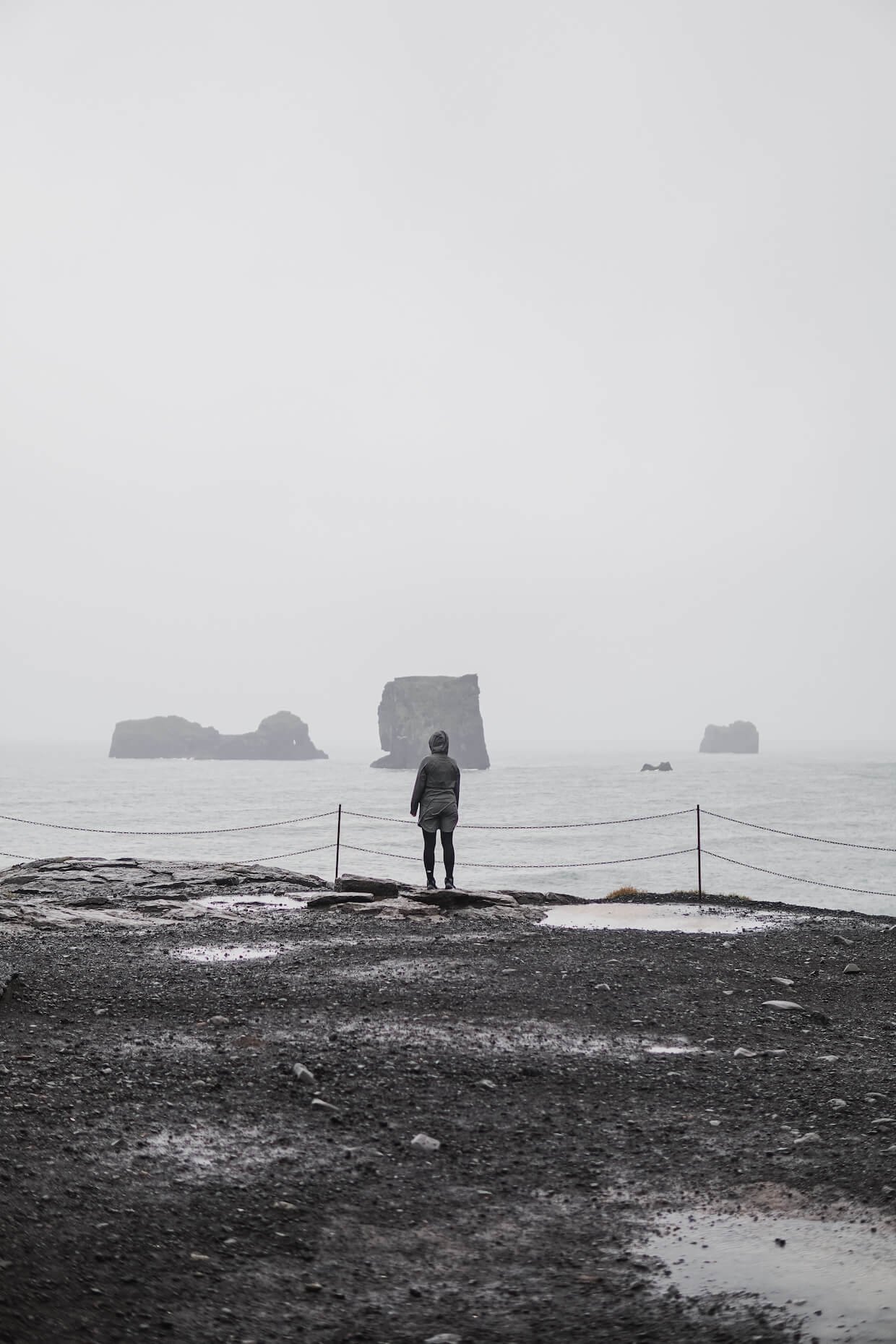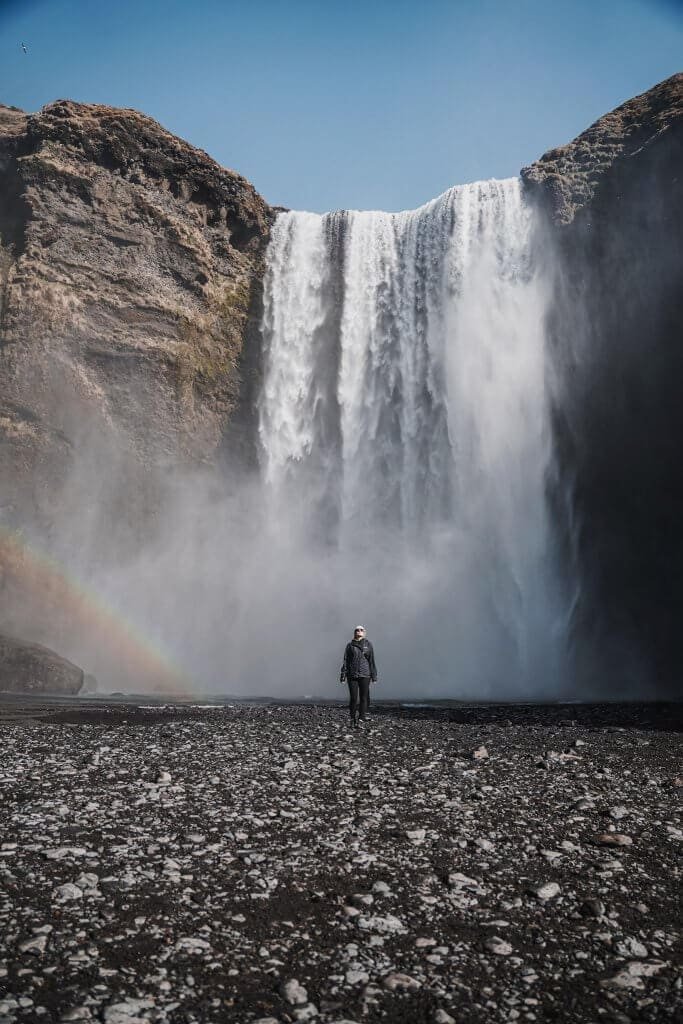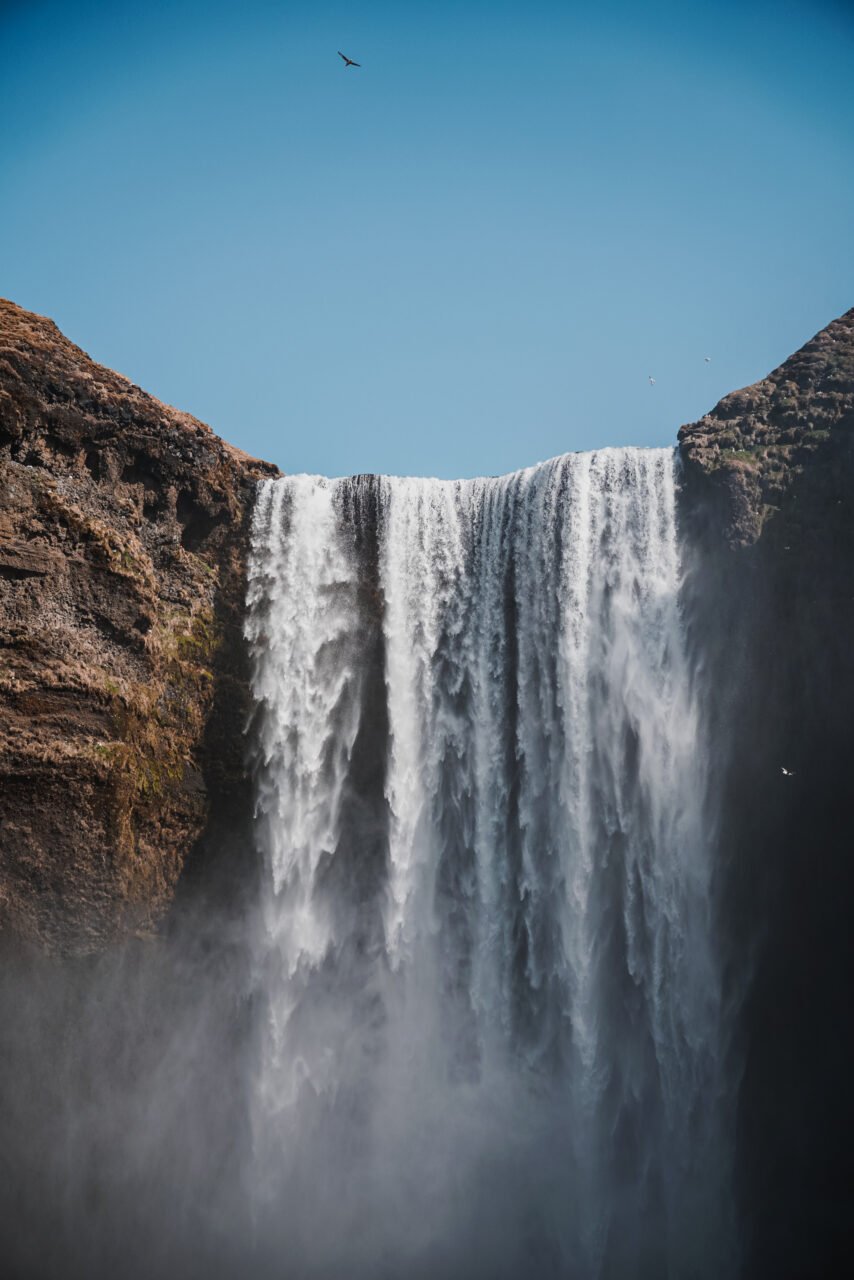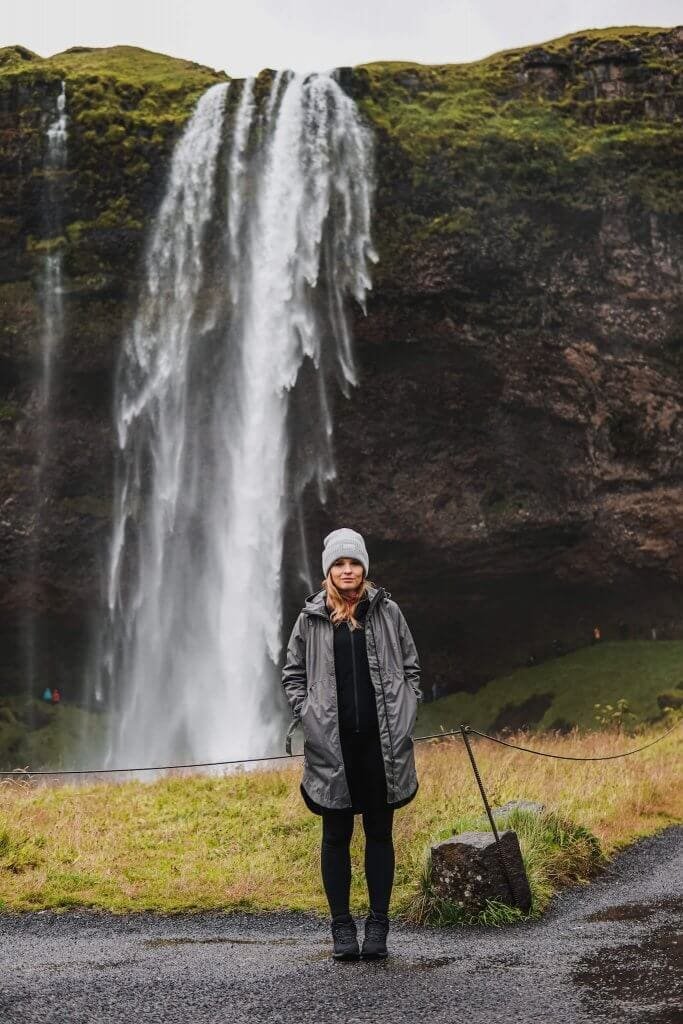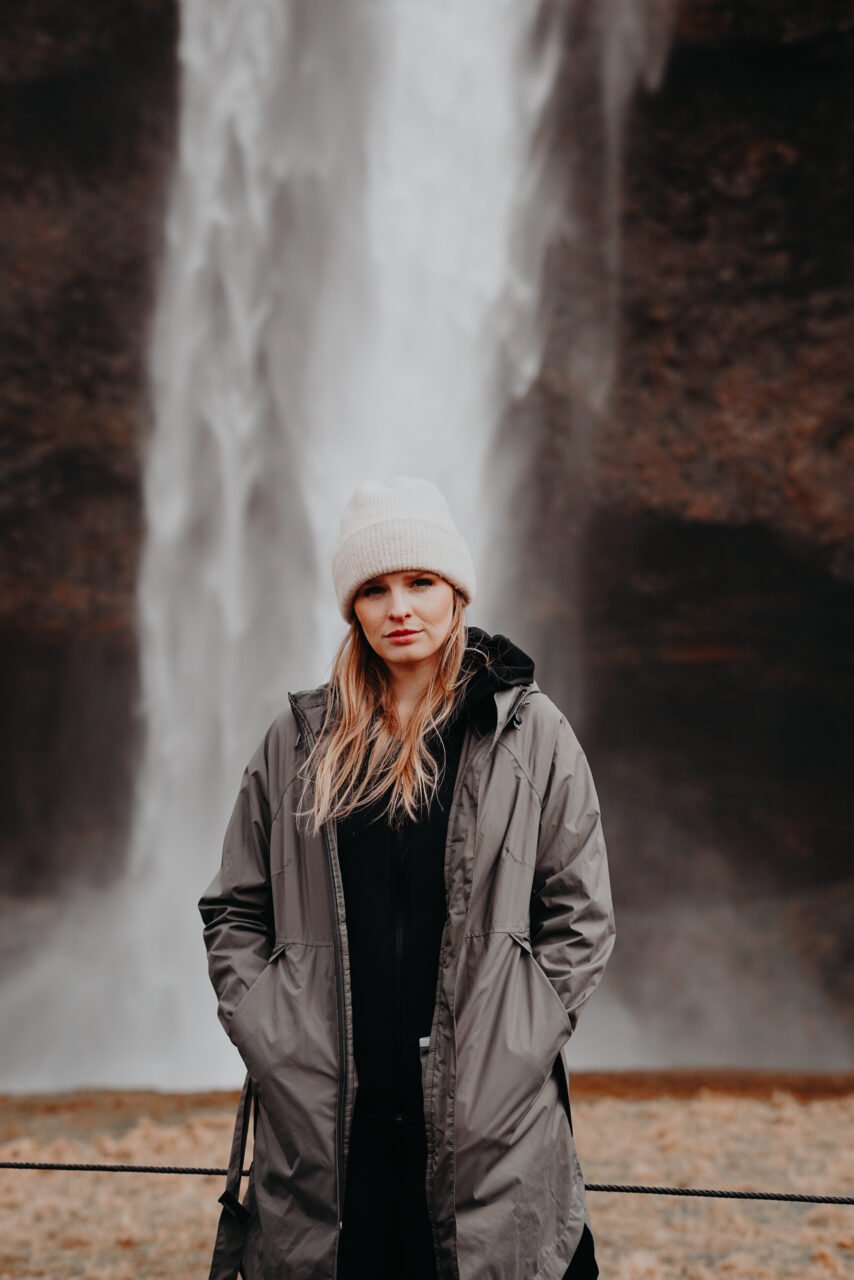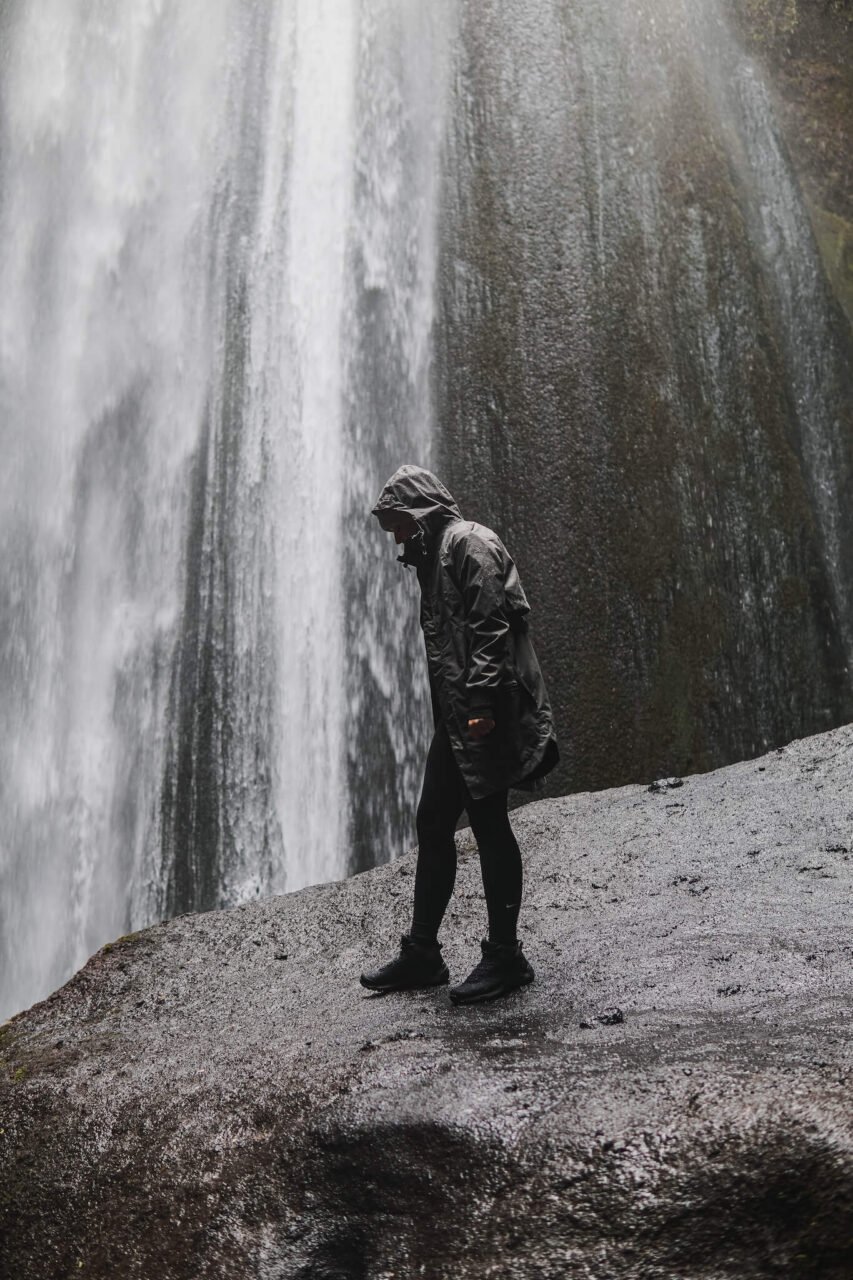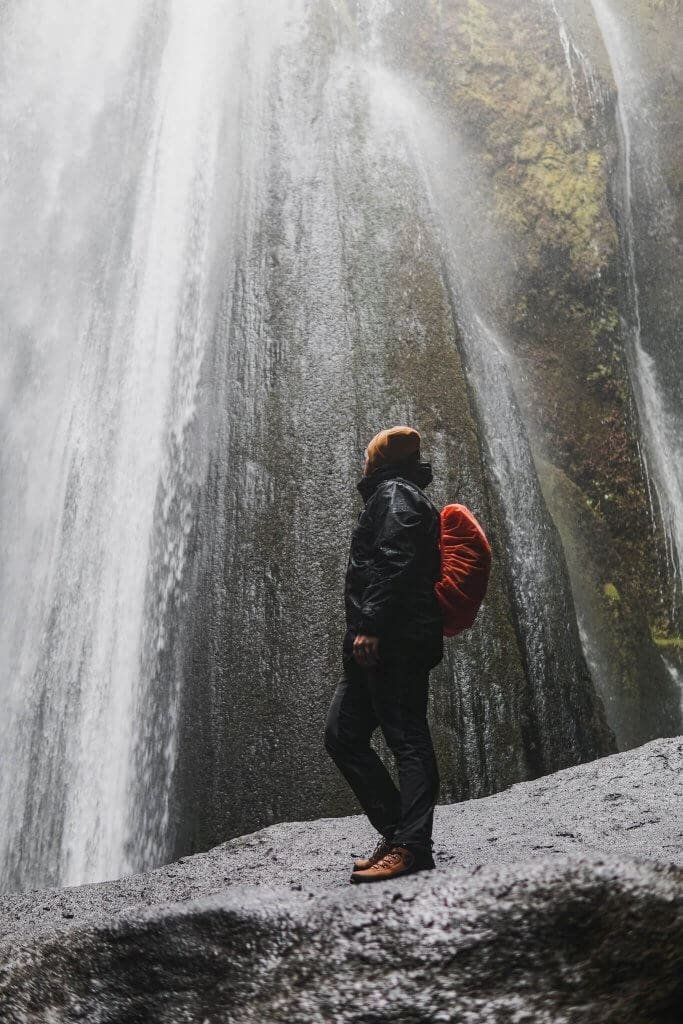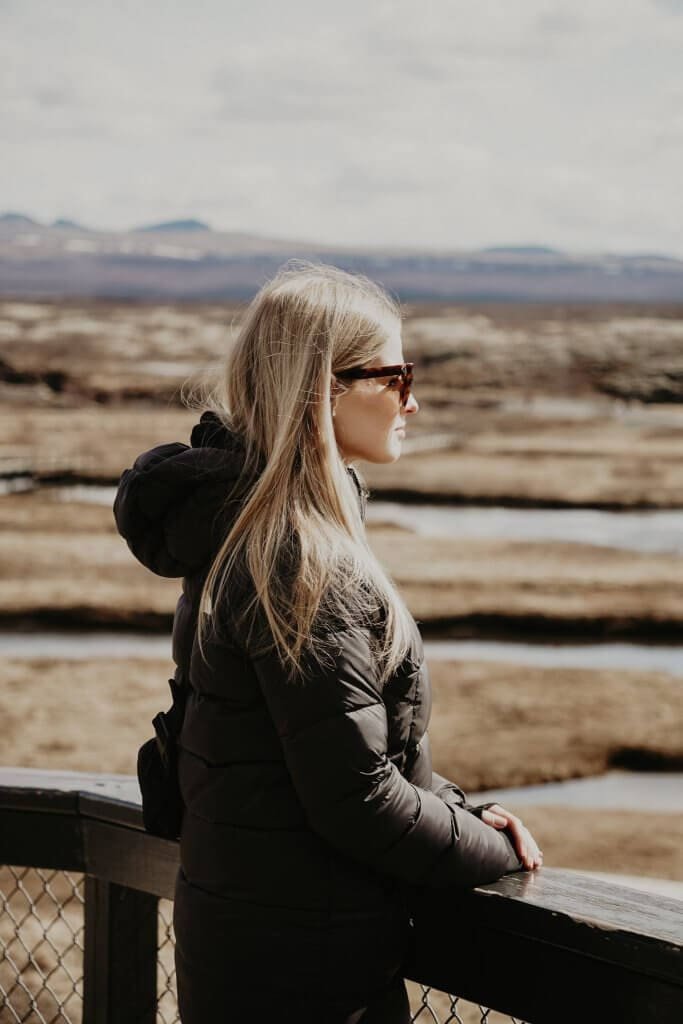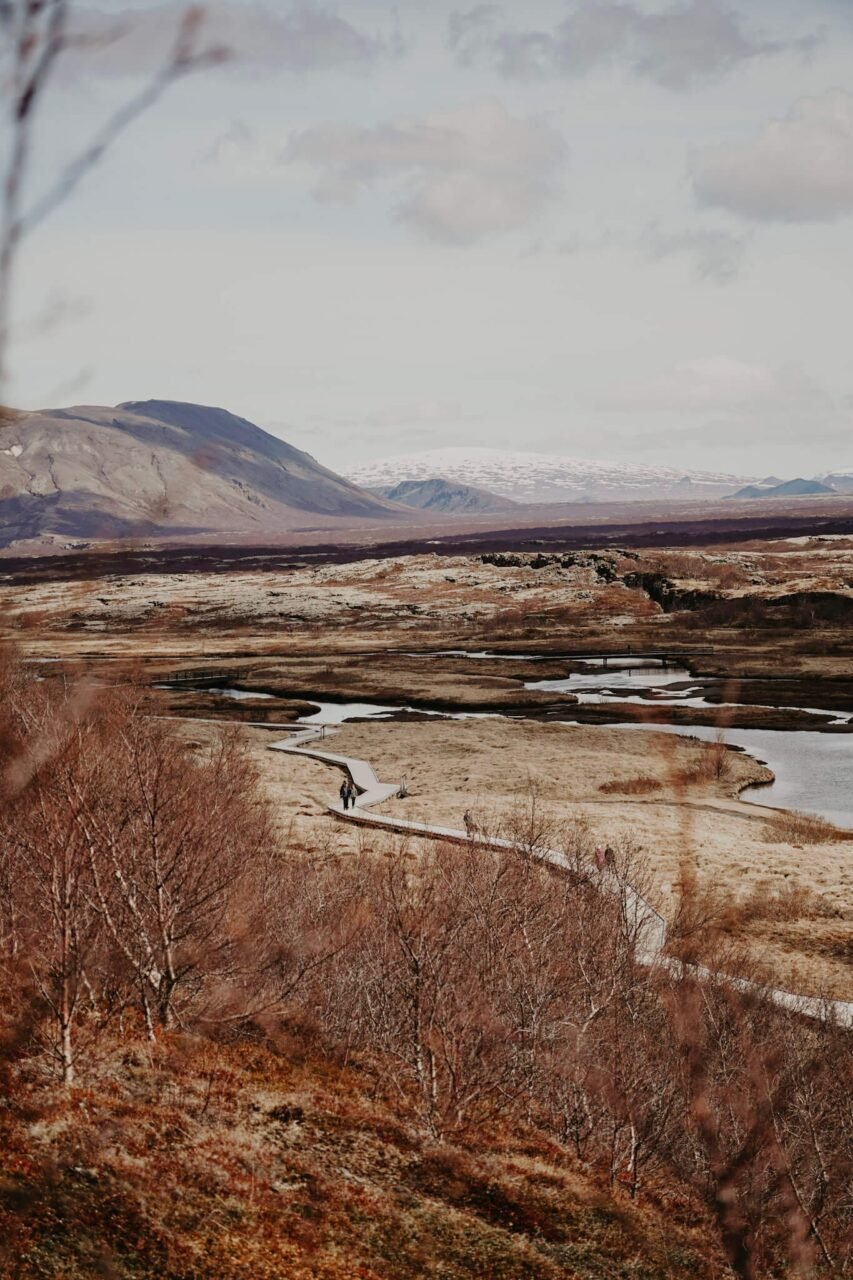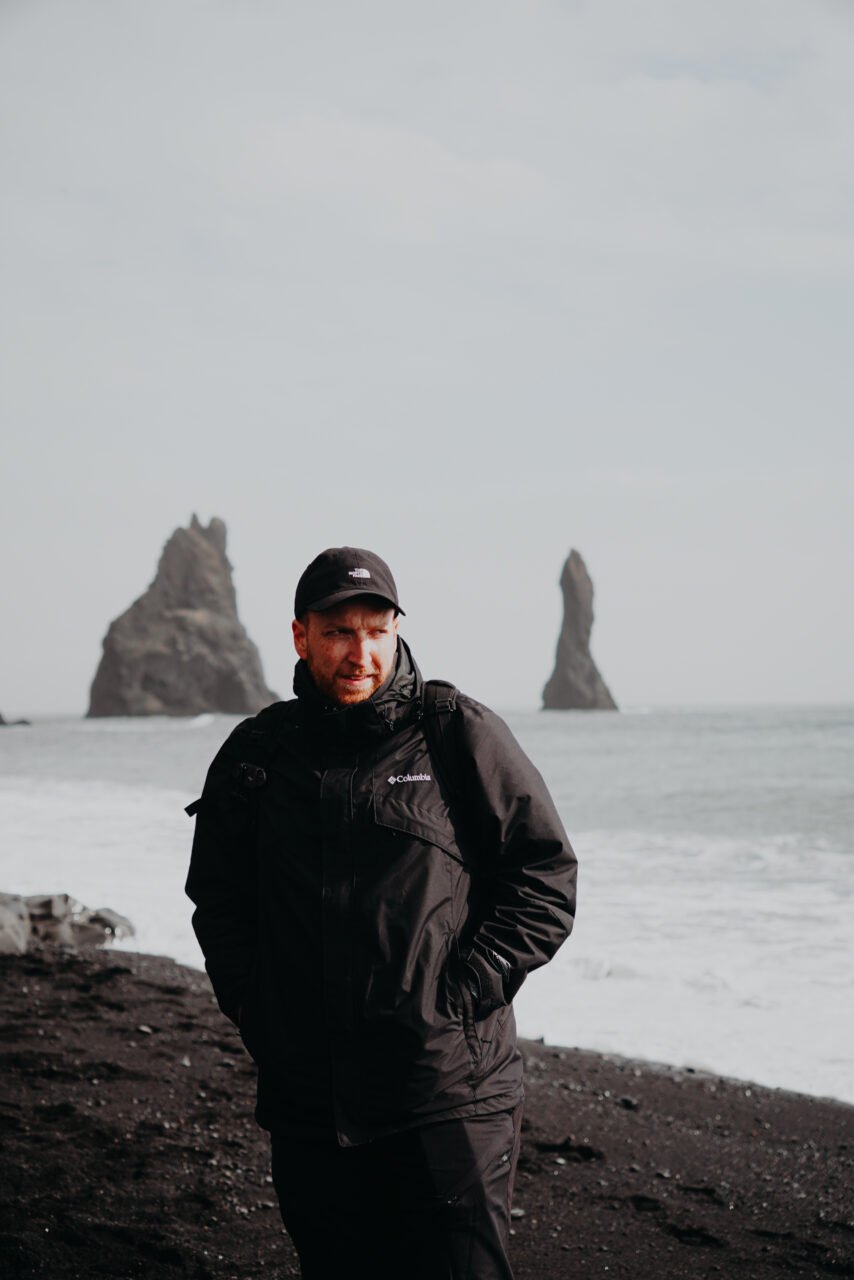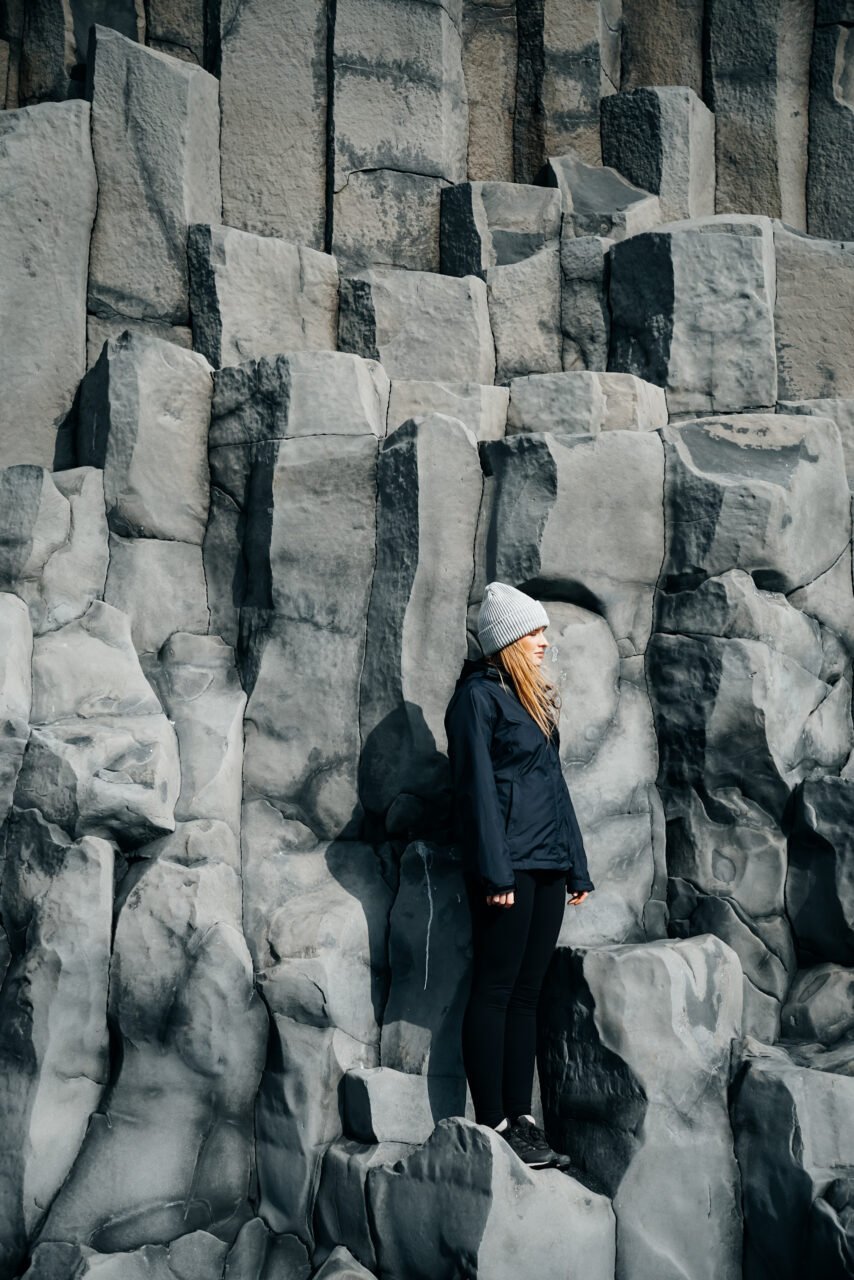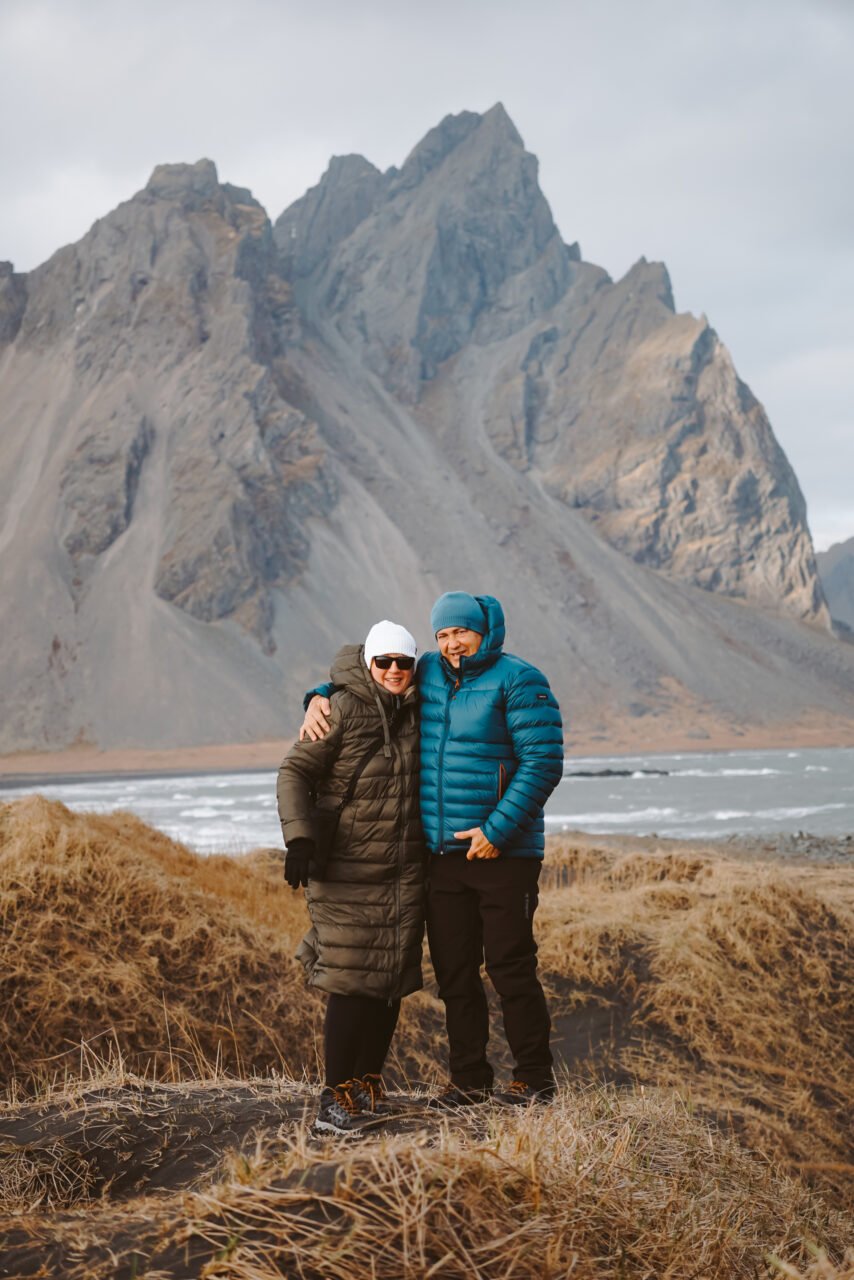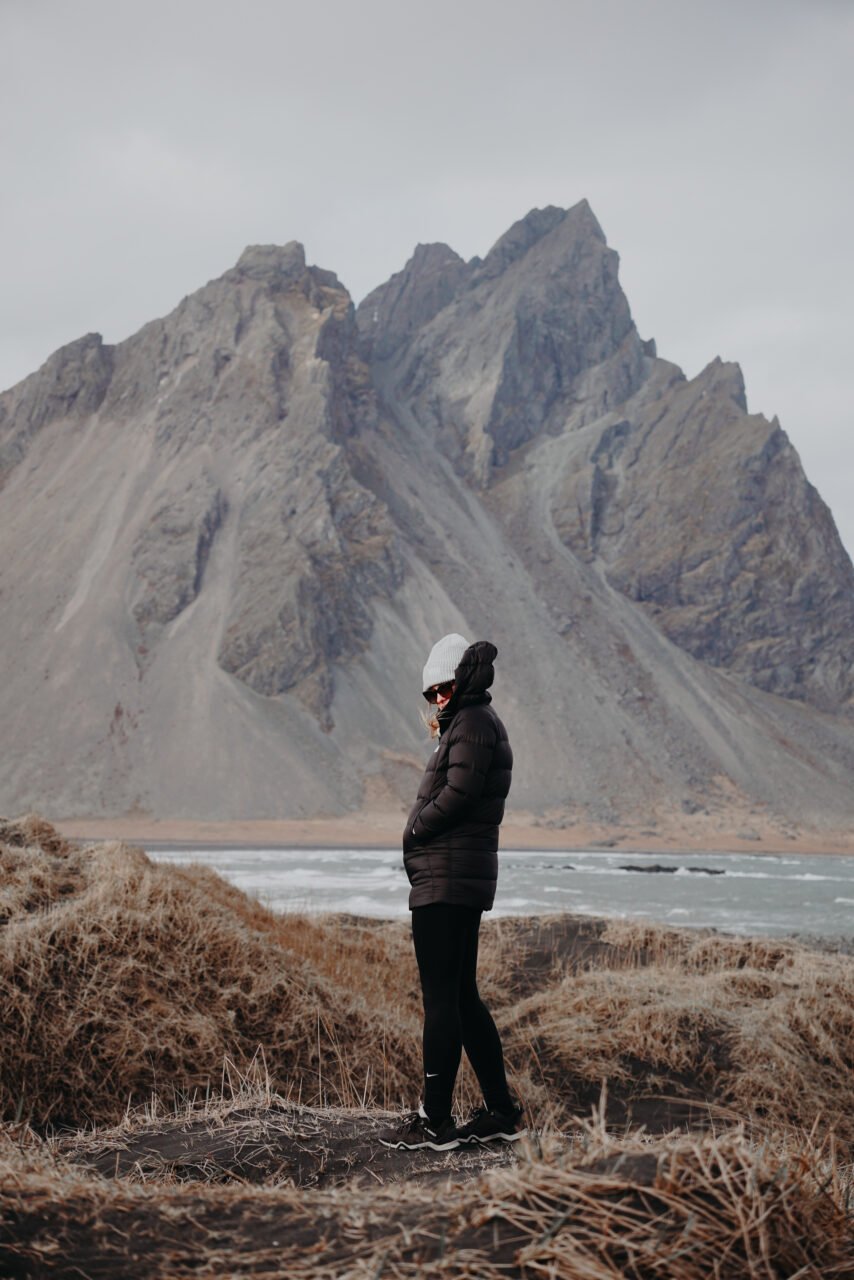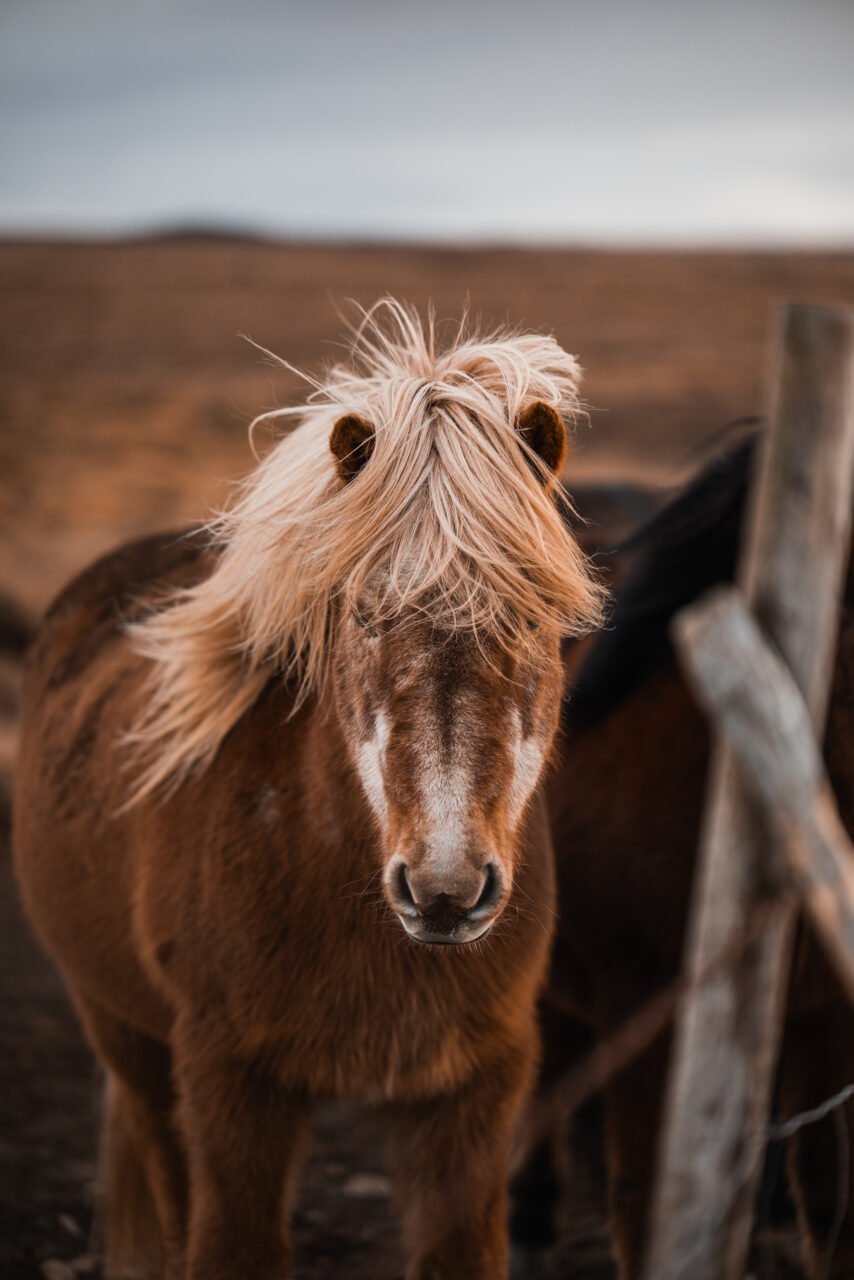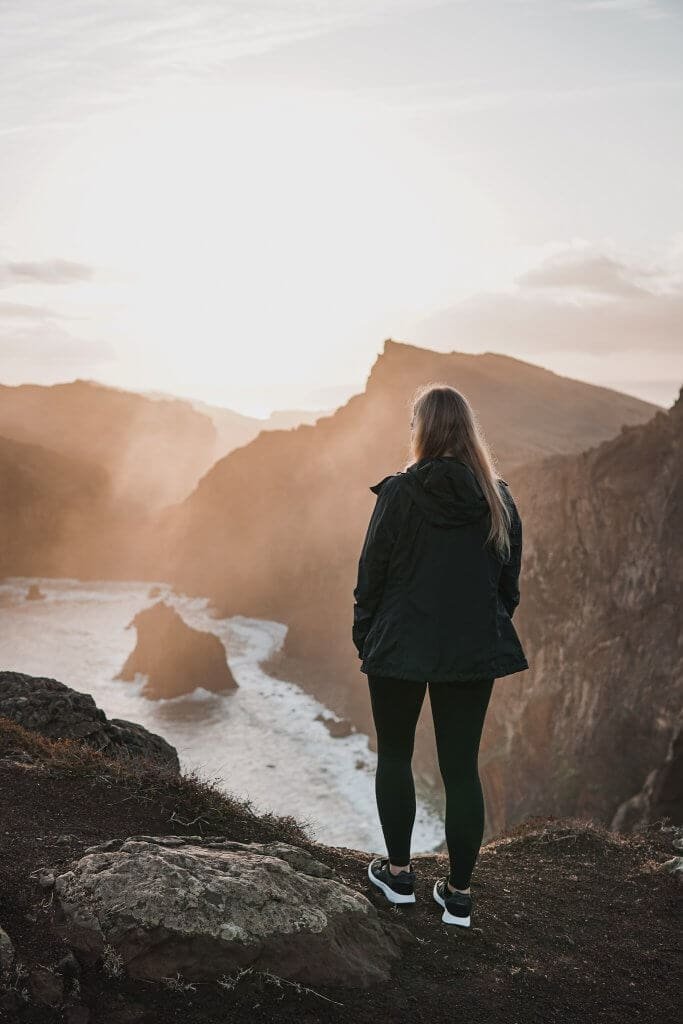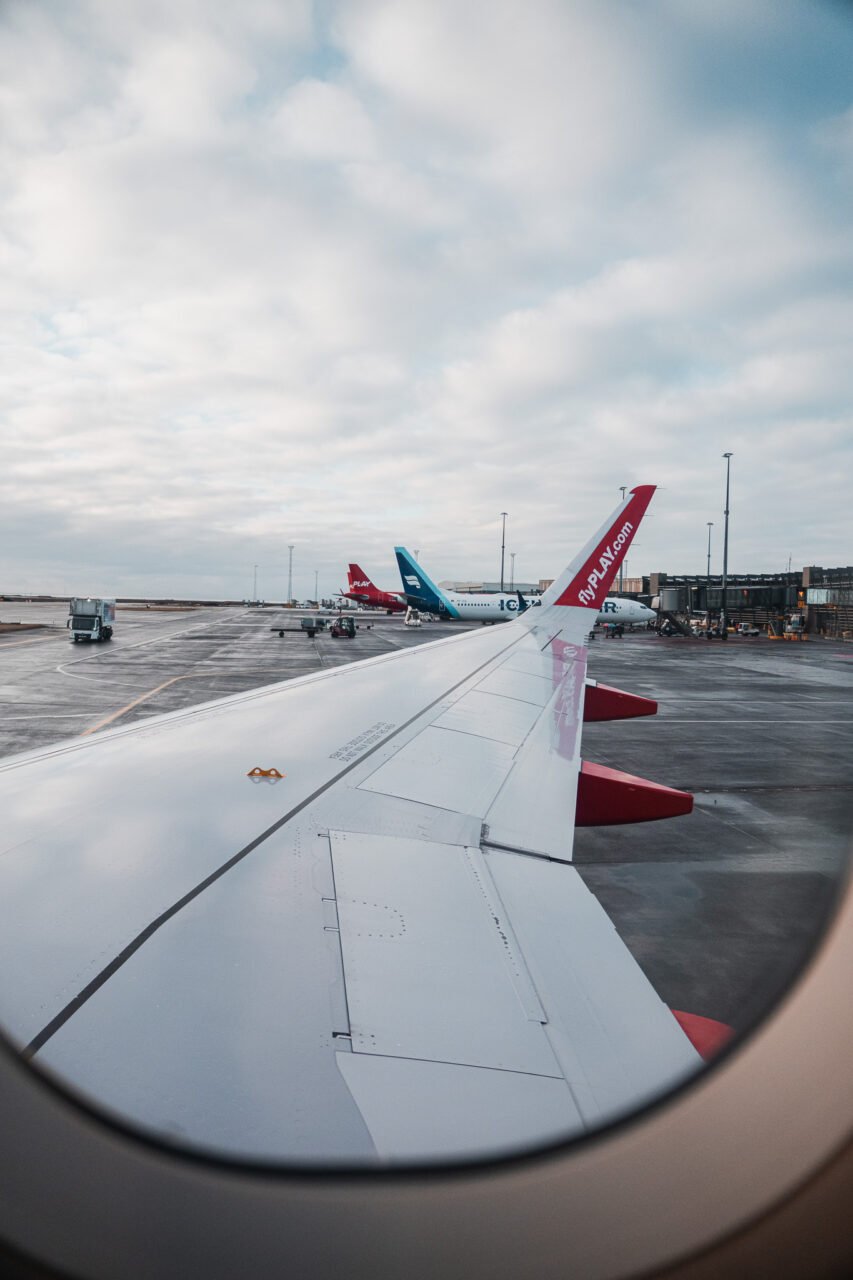Iceland, the “Land of Fire and Ice,” is a dream destination for nature lovers and photographers. Its dramatic and diverse landscapes offer an endless array of awe-inspiring scenes, from towering glaciers and powerful waterfalls to black sand beaches and ethereal geothermal areas. With every turn of the road, a new, postcard-perfect view emerges, begging to be captured through the lens. This article will guide you through some of Iceland’s most captivating natural wonders, highlighting the best spots to unleash your inner artist and fill your Instagram feed with truly unforgettable moments. Get ready to explore a country where every vista is a masterpiece, and every click is an opportunity to tell a stunning visual story.
Here are some of the most Instagram- and photographers-friendly spots that are accessible from the Ring Road. They are also a part of our itinerary.
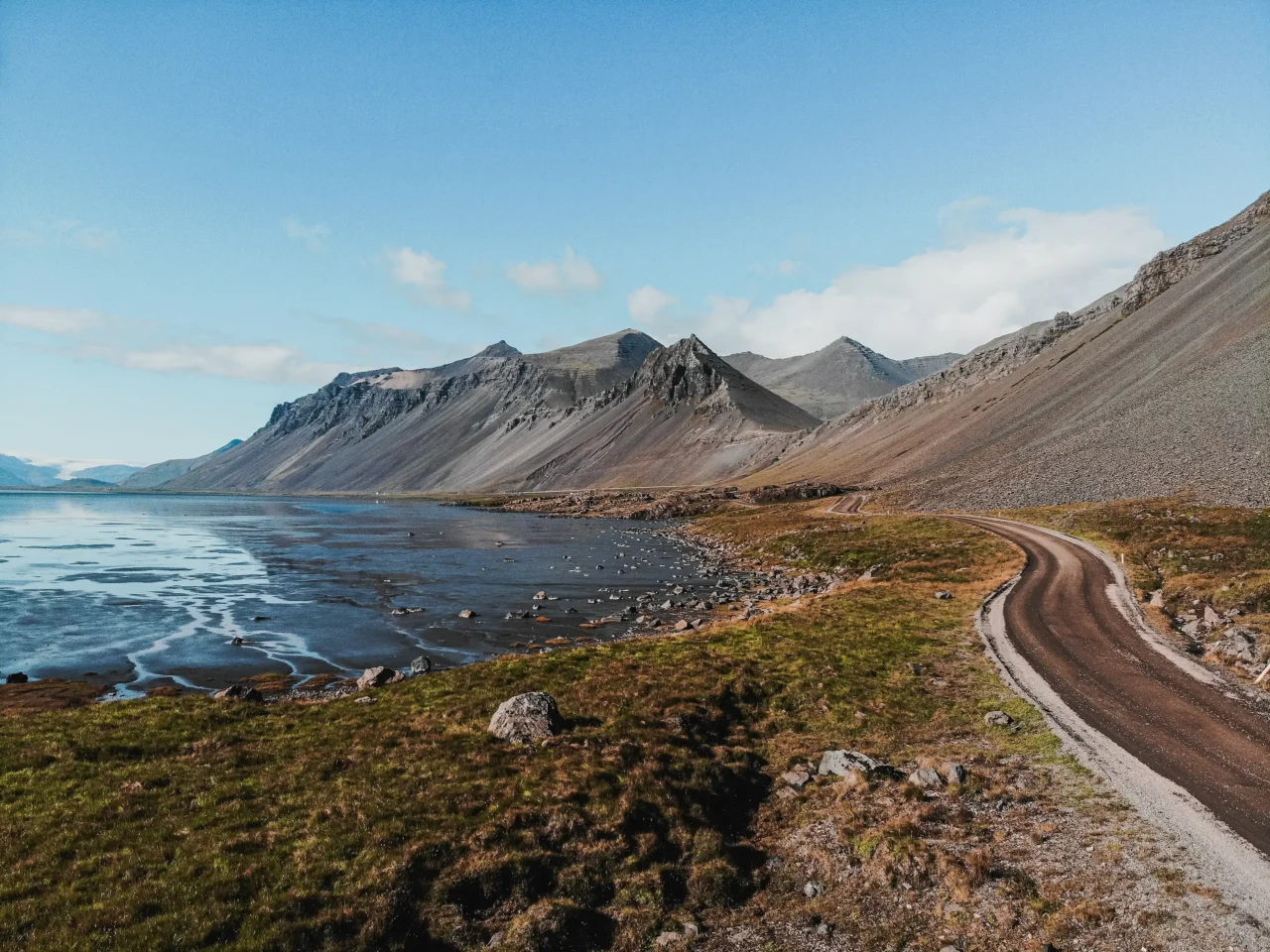
Ring Road and the most beautiful places in Iceland
Show the itinerary
Skógafoss
Skógafoss, one of Iceland’s most iconic waterfalls, is situated on the Skógá River in the south of the country, easily accessible right off the Ring Road (Route 1) near the village of Skógar. This majestic cascade plunges an impressive 60 meters (197 feet) over a former sea cliff, creating a powerful display of water and mist.
For photographers, Skógafoss offers several fantastic vantage points. The most popular spot is undoubtedly at the base of the waterfall, where you can capture its immense scale and, on sunny days, often witness vibrant single or double rainbows forming in the spray. Be prepared to get wet here, so waterproof gear for yourself and your camera is essential! Just bear in mind that this place gets busy. For a different perspective, climb the steep staircase (over 500 steps!) on the eastern side of the waterfall to a viewing platform at the top. This provides a breathtaking bird’s-eye view of Skógafoss and the surrounding coastline and river, allowing for wider landscape shots. Additionally, venturing a short distance along the hiking trail that continues upstream from the top of the falls will reveal more smaller cascades and a less crowded environment, offering unique compositional opportunities.
Seljalandsfoss and Gljúfrabúi
Seljalandsfoss is another of Iceland’s most famous waterfalls, located directly off the Ring Road (Route 1) in the South Region, roughly 120-130 kilometers southeast of Reykjavik. What makes Seljalandsfoss particularly unique and a favorite among photographers is the pathway that leads behind the cascading water, allowing visitors to walk a full 360 degrees around the falls.
For the best pictures, the absolute highlight is undoubtedly from behind the waterfall. This offers a truly immersive and unique perspective, with the curtain of water falling in front of you and the dramatic Icelandic landscape visible through the spray. This angle is particularly magical during sunset, especially from late May to mid-July, when the low sun can create stunning golden light and even sunburst effects through the water. Don’t forget to also seek out Gljúfrabúi, a “secret” waterfall hidden within a narrow gorge just a short walk north of Seljalandsfoss, which offers another incredibly atmospheric and photogenic experience.
Fjaðrárgljúfur
Fjaðrárgljúfur Canyon, a mesmerizing serpentine gorge, is located in Southeast Iceland, easily reachable via a short detour from the Ring Road (Route 1) near Kirkjubæjarklaustur. This 100-meter deep and 2-kilometer long canyon, carved by glacial meltwaters over millennia, features steep, moss-covered walls and a winding river below, creating a truly fairytale-like landscape.
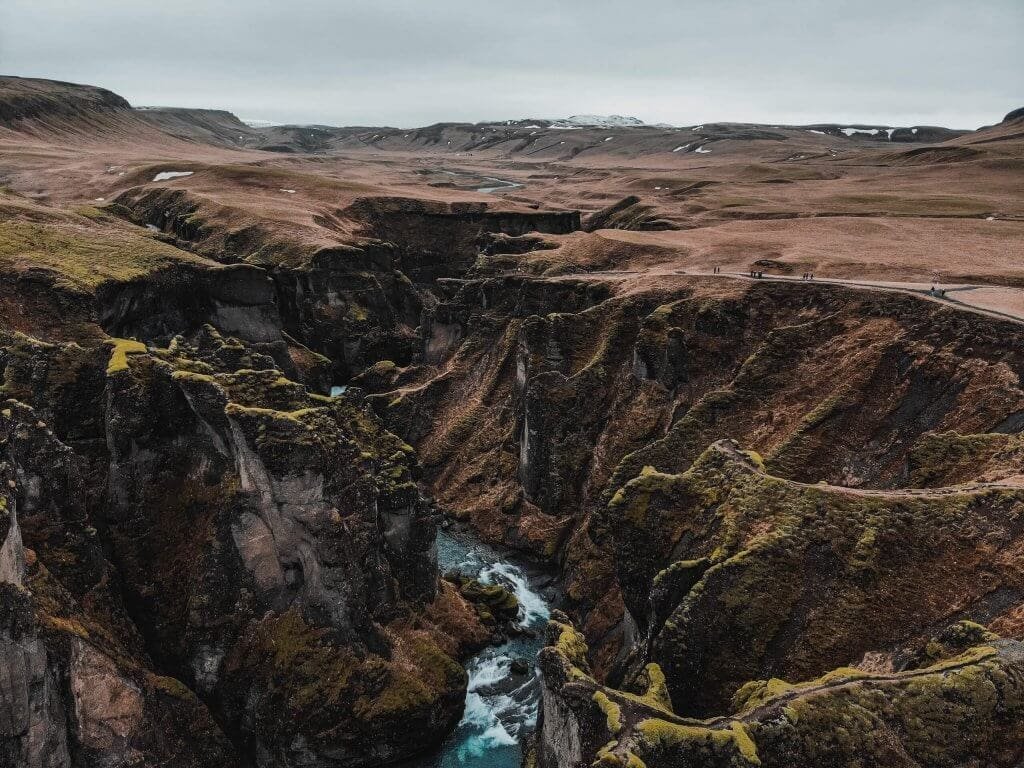
The best pictures at Fjaðrárgljúfur are typically taken from the various viewing platforms along the marked path that winds along the canyon’s rim. While walking within the canyon was once popular, access can be restricted to protect the fragile environment, so always respect signage and stay on designated trails to preserve this remarkable natural wonder.
Thingvellir
Þingvellir (Thingvellir) National Park, a UNESCO World Heritage site, is a cornerstone of Iceland’s famous Golden Circle route, located approximately 45 kilometers northeast of Reykjavik. This historically and geologically significant area lies directly on the Mid-Atlantic Ridge, where the North American and Eurasian tectonic plates are visibly pulling apart, creating dramatic fissures and a unique rift valley landscape.
The best photography spots are the viewing platforms at various points along the park’s rim offer sweeping panoramas of the rift valley.
Reynisfjara Black Sand Beach
Near Vík, this famous beach, the Reynisfjara Black Sand Beach, boasts dramatic black sand, powerful waves. Be extremely mindful of sneaker waves here! For the best pictures, focus on the iconic basalt columns of Hálsanefshellir Cave, which form a majestic, almost organ-pipe-like wall at one end of the beach. These columns offer incredible texture and leading lines for your compositions.
Vestrahorn
This iconic mountain range with its sharp peaks, often reflected in the calm tidal flats of the black sand beach, is a dream for landscape photographers, offering endless compositional possibilities, especially at sunrise or sunset.
The most iconic and photographer-friendly spot to capture Vestrahorn is from the black sand beach and tidal flats directly in front of the mountain. When conditions are calm and the tide is right, the thin layer of water left on the beach creates breathtaking mirror-like reflections of the peaks, offering truly ethereal compositions. Experiment with low angles to maximize the reflection, and consider long exposures to smooth out the water and create a more serene effect. Additionally, the textured black sand dunes with their patches of vibrant green grass provide excellent foreground interest, adding depth and contrast to your shots of this majestic mountain.
And finally – keep an eye out for the iconic Icelandic horses. If you find a safe place to pull over, these friendly and incredibly photogenic animals offer a wonderful opportunity for a memorable photo op.


